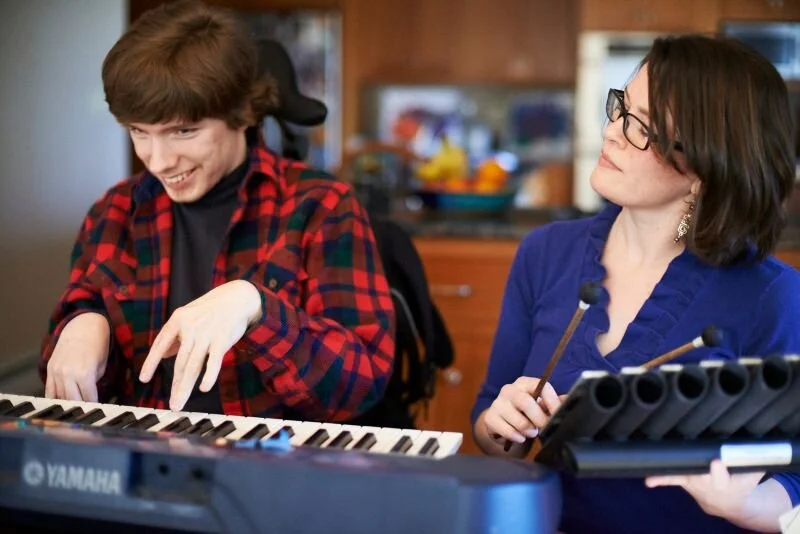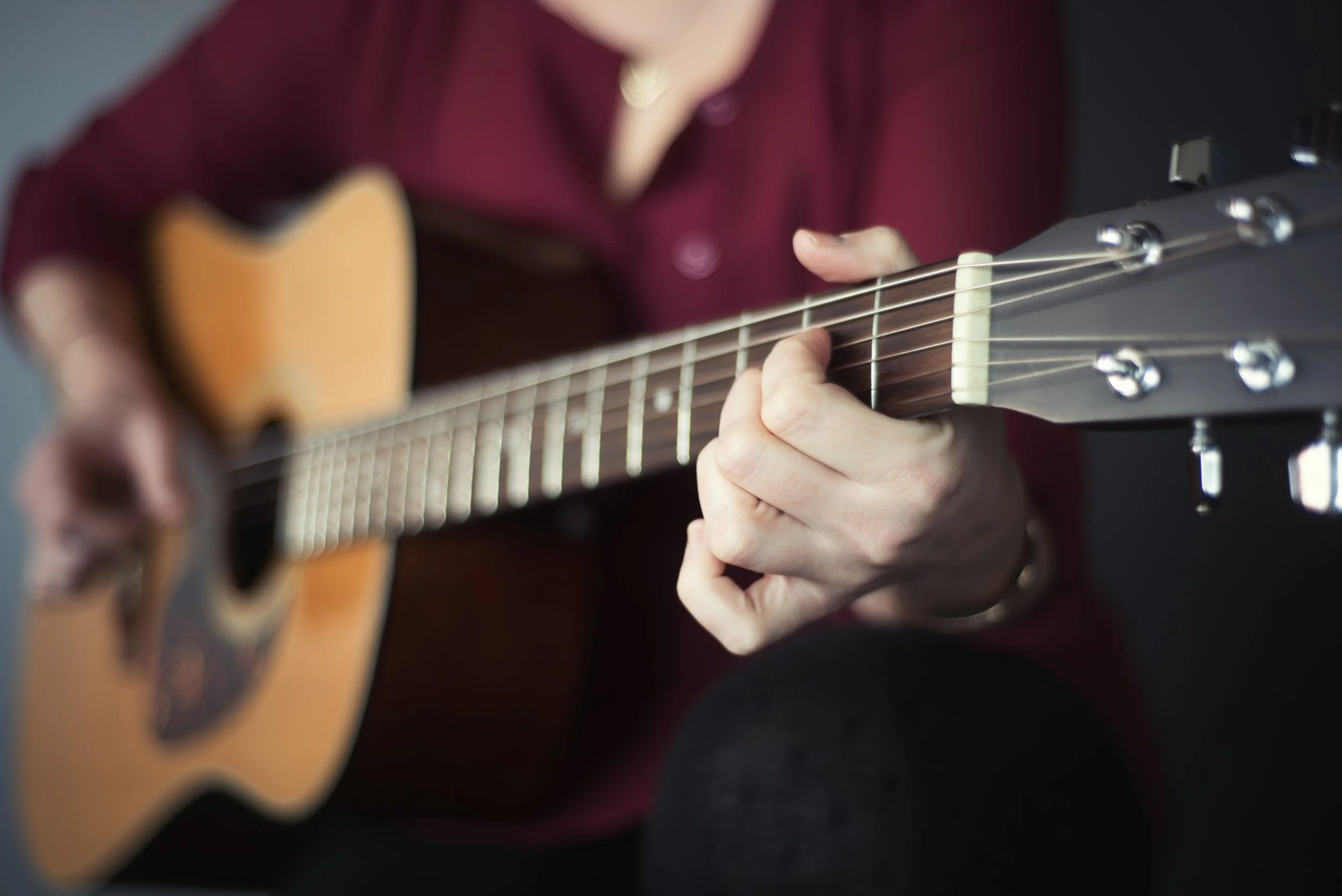That is just one example of the benefits music therapy can provide to oncology patients, one of my favorite populations to work with. Music therapy can be an integral part of continuous supportive cancer care, enhancing both medical treatments and rehabilitation.
Read MorePercussion walls can target so many different goals and work on a variety of skills while being a fun gathering space for kids with and without disabilities to play together.
Read MoreI am truly humbled by the support I have had from so many different people and organizations who believe that music therapy has a place in Maine’s healthcare system. And to all the clients I have worked with over the years – you each have taught me so much and it has been an honor to be part of your journey.
Read MoreThese goals are addressed by using rhythm, melody and movement techniques. For example, rhythmic auditory cueing is a technique in which rhythm is used to facilitate movement and improve gait. This is done by providing a uniform beat that acts as an external cue to guide a patient’s movements and has been shown to benefits gait, walking speed and stride length.
Read MoreMusic therapy assessment tools look at every aspect of a patient’s health, including social-emotional, cognitive and physical. I often use the same assessment tools that other therapy modalities use.
Read MoreOnce goals are developed, I come prepared with musical activities and a rough plan for each session, but am always flexible and open to each individual’s mood and energy on any given day. Often a session will take us in a different direction than my initial plan and that’s fine, even wonderful.
Read MoreThis holiday season, send a song. It’s a simple, environmentally friendly and totally unique gift.
Read More







